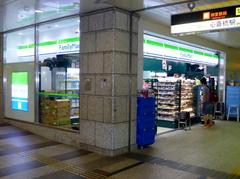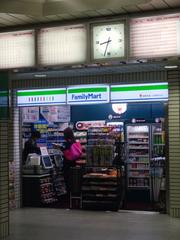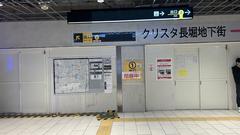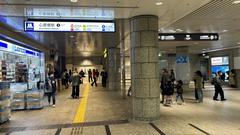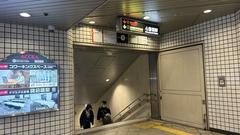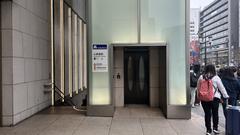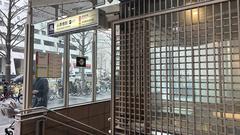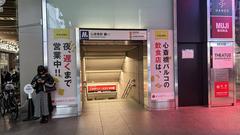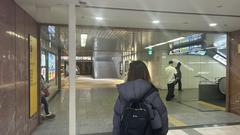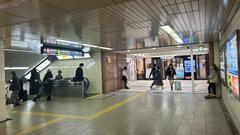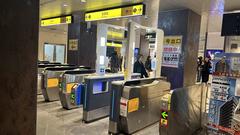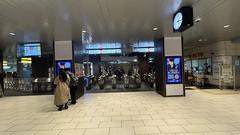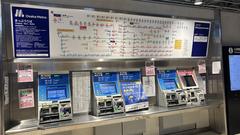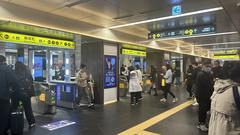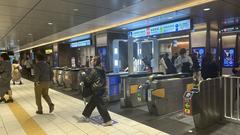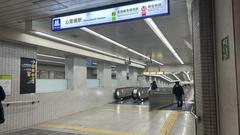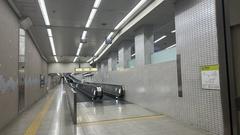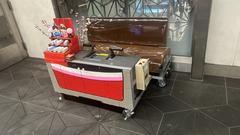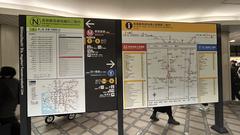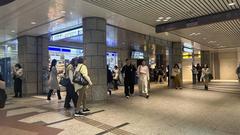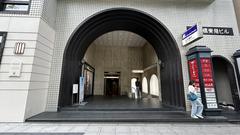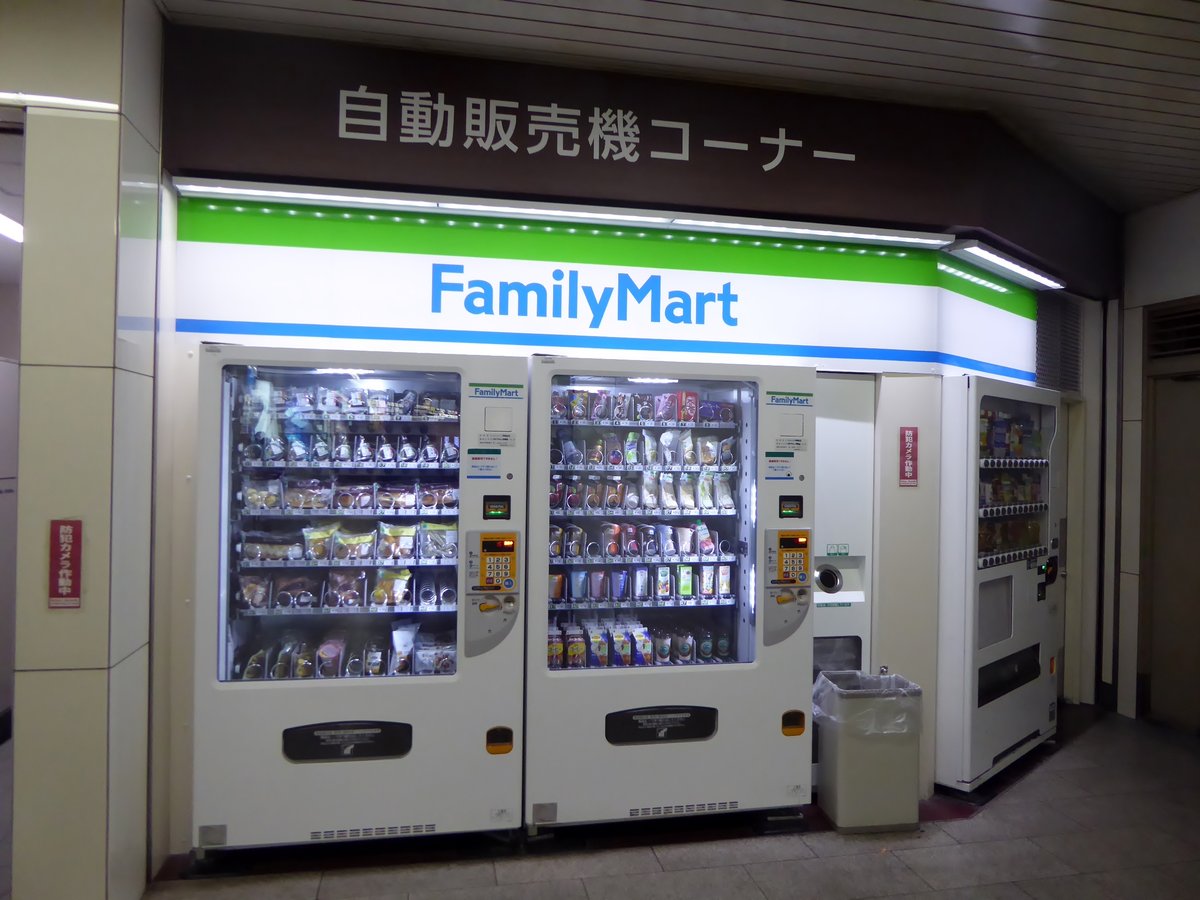
Shinsaibashi Station Osaka: Visiting Hours, Tickets, and Travel Guide
Date: 14/06/2025
Introduction
Shinsaibashi Station is much more than a transport hub—it’s a gateway to one of Osaka’s most historic and dynamic districts. Since its beginnings in the early 17th century, when merchant Okada Shinsai built the original Shinsaibashi Bridge over the Nagahorigawa canal, this area has flourished into a bustling center of commerce, culture, and culinary delights. With direct access to the famous Shinsaibashi-suji Shopping Arcade and seamless connections to major city districts, the station stands at the heart of Osaka’s vibrant urban life (Japan Experience, Agoda Guide).
This guide covers everything you need to know for your visit, including historical insights, visiting hours, ticketing, accessibility, nearby attractions, and practical travel tips to make your Shinsaibashi experience unforgettable.
Table of Contents
- History and Significance of Shinsaibashi
- Shinsaibashi Station: Facilities and Accessibility
- Getting There: Transportation Options
- Visiting Hours and Ticket Information
- Exploring Shinsaibashi: Nearby Attractions
- Tips for Visitors
- Frequently Asked Questions (FAQ)
- Conclusion and Travel Recommendations
- Sources
History and Significance of Shinsaibashi
Shinsaibashi’s origins date back to 1622, when the wooden Shinsaibashi Bridge connected the city’s commercial and theater districts, catalyzing the area’s development. Throughout the Meiji and Showa eras, the bridge was upgraded from wood to stone and iron, symbolizing Osaka’s modernization (Magical Trip). While the canal has since been filled in, remnants of the bridge remain, and the district’s commercial spirit thrives in the Shinsaibashi-suji Shopping Arcade, established in 1928 and now home to a vibrant mix of historic shops and global brands (Japan Travel Note, JW Web Magazine).
Shinsaibashi today is a microcosm of Osaka’s cosmopolitan identity, blending tradition with innovation. Its proximity to Amerikamura (“American Village”), with its street art and youth subcultures, underscores the district’s diversity (The Poor Traveler).
Shinsaibashi Station: Facilities and Accessibility
Shinsaibashi Station, opened in 1933, is a pivotal node in Osaka’s transit system, served by the Midosuji (Red) and Nagahori Tsurumi-ryokuchi (Green) Lines. The station’s user-friendly, multi-level underground design features bilingual signage, elevators, escalators, and barrier-free routes, ensuring accessibility for all travelers (Japan Experience).
Key facilities include:
- Restrooms: Clean, with accessible options.
- Coin Lockers: Secure luggage storage (¥300–¥700/day) (Traveling and Food).
- Wi-Fi: Free connectivity throughout the station (JW Web Magazine).
- Tourist Information Center: Multilingual staff, maps, and travel support.
- ATMs/Currency Exchange: Widely available in and around the station.
Getting There: Transportation Options
By Train/Subway
- Midosuji Line: Direct connections to Shin-Osaka (13 min), Umeda/Osaka Station (7 min), and Namba (2 min).
- Nagahori Tsurumi-ryokuchi Line: Links to Osaka Castle and Kyobashi.
- From Kansai International Airport: Nankai Limited Express “rapi:t” to Namba, then one stop on the Midosuji Line (Visit Inside Japan).
By Foot
Shinsaibashi is within easy walking distance of Dotonbori, Namba, and Amerikamura, making it ideal for exploring central Osaka on foot (Magical Trip).
By Car
Driving is not recommended due to heavy traffic and limited parking (TravelSetu).
Visiting Hours and Ticket Information
- Shinsaibashi-suji Shopping Street: Generally open 10:00 AM–9:00 PM; individual store hours may vary.
- Station Hours: First train departs around 5:00 AM; last train runs until midnight.
- Tickets: No admission fee for the district. Subway fares start at ¥180; buy tickets at multilingual machines or use IC cards (ICOCA, Suica, Pasmo) for easy tap-in/tap-out (Trip to Japan).
- Tourist Passes: The Osaka Amazing Pass provides unlimited rides and discounts at attractions (GLTJP).
Exploring Shinsaibashi: Nearby Attractions
- Shinsaibashisuji Shopping Street: 600 meters of covered shops, from traditional kimono stores to luxury international brands (JW Web Magazine).
- Dotonbori: Osaka’s nightlife epicenter, famous for its neon lights and street food, just a 10-minute walk south.
- Amerikamura: Youth culture, vintage shops, and street art west of the station.
- Crysta Nagahori Mall: An underground shopping and dining complex beneath the former canal.
- Landmarks: Daimaru department store, remnants of the original bridge, and the Glico Running Man sign (Japan Insides).
Tips for Visitors
- Timing: Visit weekday mornings for fewer crowds. Weekends and holidays can be very busy.
- Navigation: Use Google Maps or NAVITIME for transit; the Japan Connected-free Wi-Fi app locates free hotspots (JW Web Magazine).
- Accessibility: Elevators, tactile paving, and accessible restrooms are widely available.
- Luggage: Coin lockers and storage services are offered at the station and tourist centers (Japan Cheapo).
- Payment: Major credit cards accepted; carry cash for small eateries or shops.
- Etiquette: Stand on the right of escalators, keep noise down, and use designated smoking areas.
Frequently Asked Questions (FAQ)
Q: Are tickets required to visit Shinsaibashi?
A: No ticket is needed for the shopping district; subway tickets or IC cards are required for train travel.
Q: What are the main operating hours?
A: Shops: 10:00 AM–9:00 PM. Station: 5:00 AM–midnight.
Q: Is Shinsaibashi accessible for disabled visitors?
A: Yes, the station and shopping arcade are wheelchair-friendly.
Q: Are guided tours available?
A: Yes, several operators offer tours focusing on history, fashion, and food (Evendo).
Q: How do I get to Kansai International Airport from Shinsaibashi?
A: Take the Midosuji Line to Namba, then transfer to the Nankai Line for the airport.
Q: Where can I store luggage?
A: Coin lockers are available at the station; larger storage and delivery services are nearby (Traveling and Food).
Conclusion and Travel Recommendations
Shinsaibashi Station and its surrounding district represent the vibrant fusion of Osaka’s history, culture, and contemporary lifestyle. With easy transit connections, a wealth of shopping and dining options, and year-round events, it is a must-visit for travelers seeking the true Osaka experience. By planning your visit with the information in this guide, you’ll enjoy both the famous highlights and hidden gems of this remarkable urban landscape.
For more tips, maps, and personalized recommendations, download the Audiala app and explore related articles on Osaka’s top attractions. Enjoy your journey through Shinsaibashi—where Osaka’s heritage and modernity meet!
Sources and Further Reading
- Shinsaibashi: A Visitor’s Guide to Osaka’s Historic Shopping and Cultural Hub, 2025, Japan Experience (Japan Experience)
- Shinsaibashi Station Visiting Guide: Hours, Tickets & Nearby Attractions in Osaka, 2025, Agoda Guide (Agoda Guide)
- Shinsaibashi Visiting Guide: Hours, Tickets, and Exploring Osaka’s Historic Shopping District, 2025, Evendo (Evendo)
- Shinsaibashi Station Guide: Visiting Hours, Tickets & Nearby Attractions in Osaka, 2025, Trip to Japan (Trip to Japan)
- Shinsaibashi Station Guide: Visiting Hours, Tickets & Nearby Attractions in Osaka, 2025, JW Web Magazine (JW Web Magazine)
- Shinsaibashi Visiting Guide: Hours, Tickets, and Exploring Osaka’s Historic Shopping District, 2025, Japan Insides (Japan Insides)
- Shinsaibashi Station Visiting Guide: Hours, Tickets & Nearby Attractions in Osaka, 2025, Japan Highlights (Japan Highlights)
- Shinsaibashi Visiting Guide: Hours, Tickets, and Exploring Osaka’s Historic Shopping District, 2025, Audiala (Audiala)
- Shinsaibashi Station Guide: Visiting Hours, Tickets & Nearby Attractions in Osaka, 2025, TravelSetu (TravelSetu)

